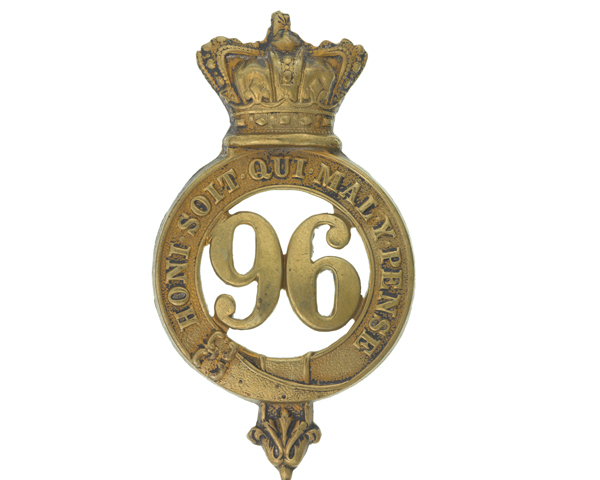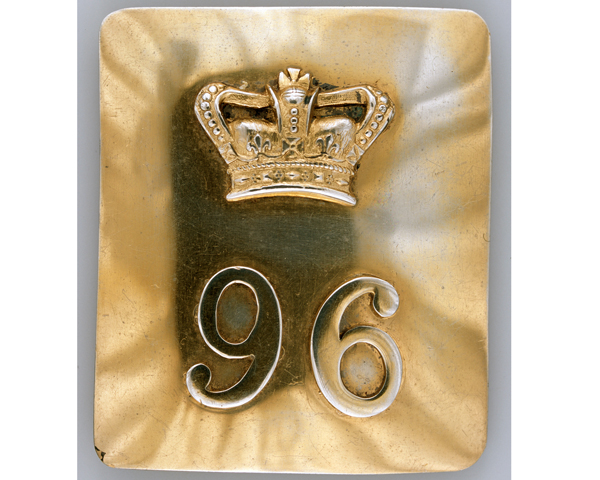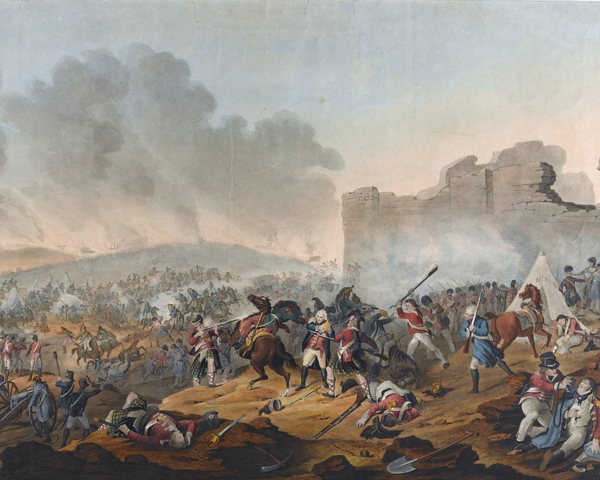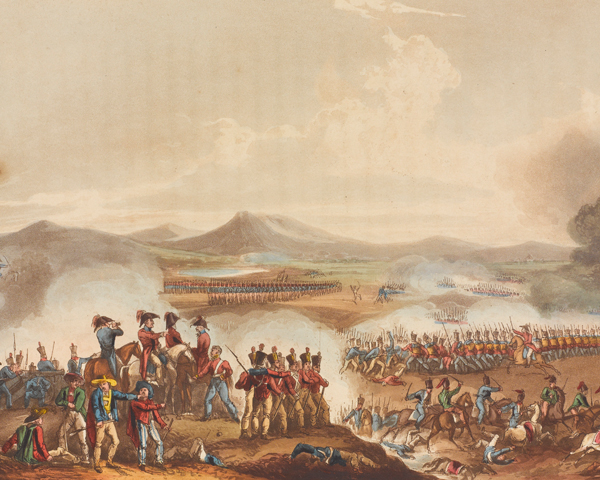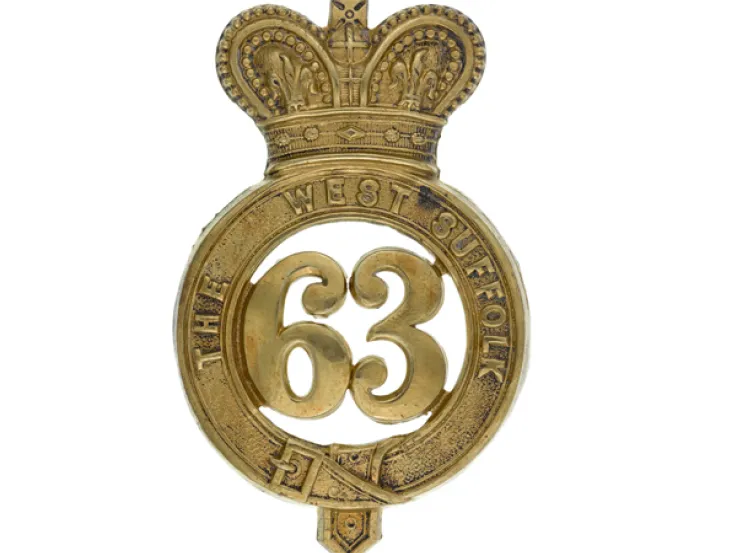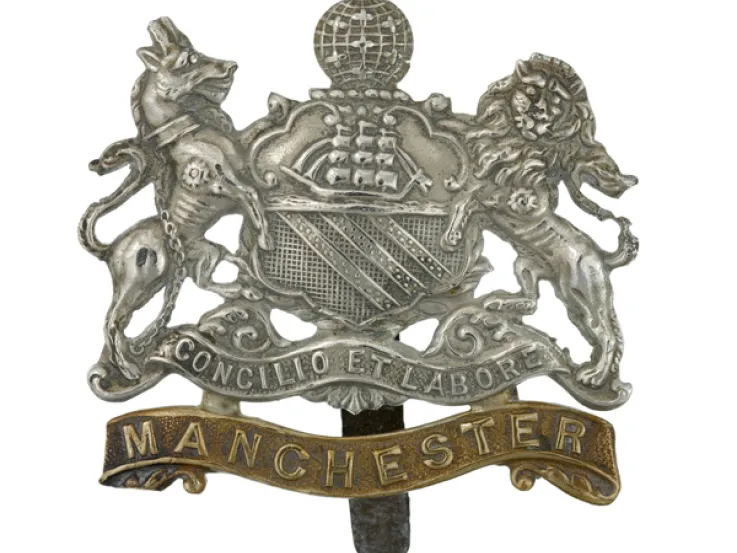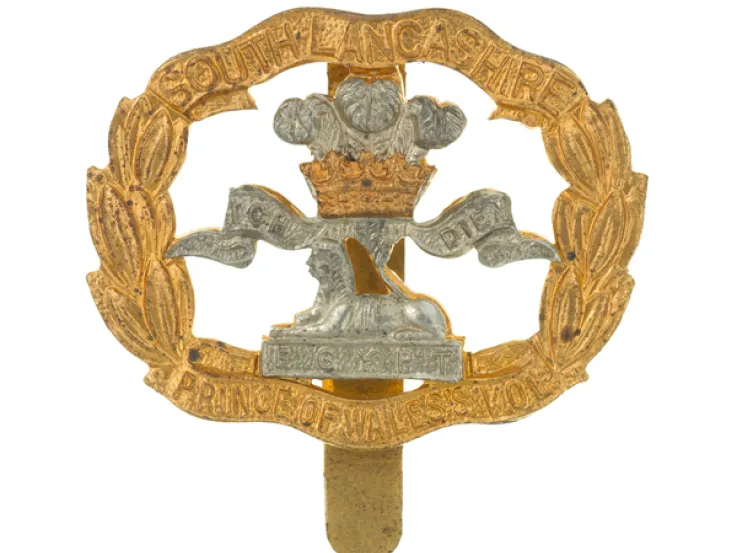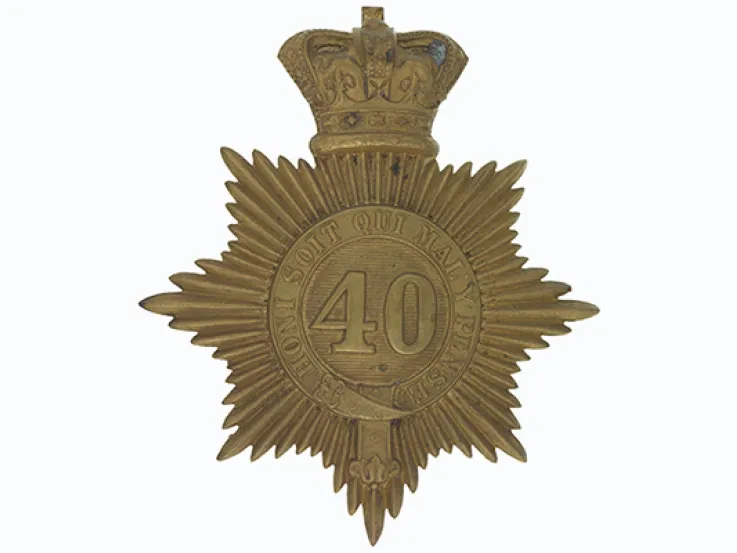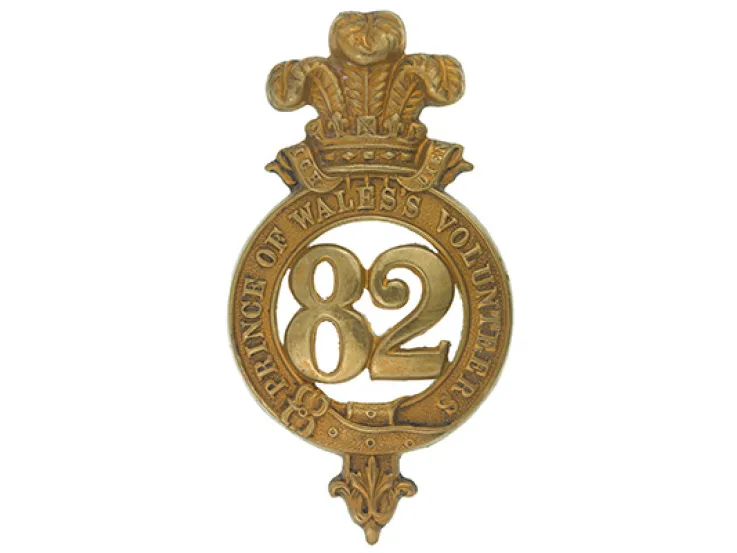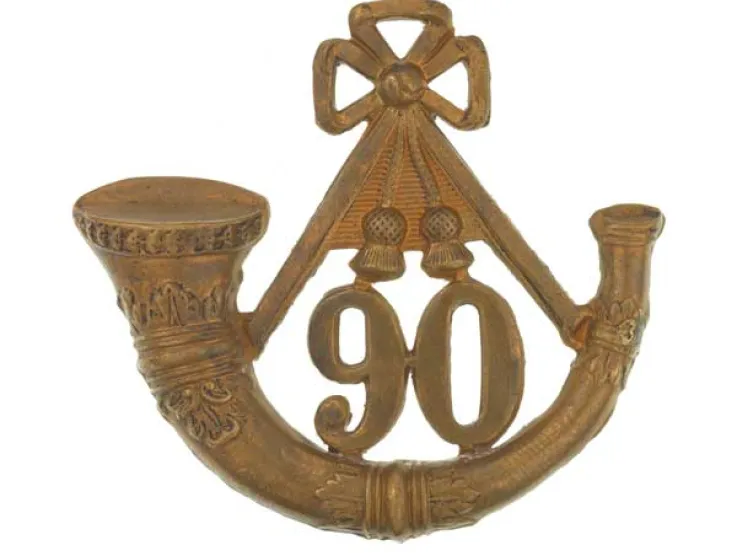Origins
Four line infantry regiments with the numeral 96 were raised and disbanded between 1761 and 1818. A fifth was raised at Manchester in 1824 and sent straight to Halifax, Nova Scotia on garrison duties.
Over the next decade, the regiment spent eight years in Halifax and then two in the West Indies. It then garrisoned Britain and Ireland until 1839, when it was tasked with guarding a convict ship bound for Australia.
It remained in New South Wales until sailing for New Zealand to fight in the First Maori (or Flagstaff) War (1845-46).
Mid-19th century
The regiment moved straight from New Zealand to India in 1849. This posting was relatively brief and the unit was back in Ireland by 1854. It joined the Gibraltar garrison in 1856, but returned to Britain the following year and alternated between there and Ireland until 1863.
One exception was in 1862, when it sent a detachment to New Brunswick in Canada during the Trent Affair. This was a period of high tension between Britain and the Union side in the American Civil War (1861-65) that almost brought an end to British neutrality in that conflict.
In 1863, it sailed to the Cape of Good Hope. And from there, it deployed to India for 10 years’ service in 1865.
Queen’s Own Germans
In 1874, the regiment - which had no battle honours and only 50 years’ lineage - was made the nominal successor to the 96th Regiment of Foot (Queen’s Own Germans), despite having no historic links to it, other than the numeral 96.
That regiment had been raised on Minorca from Swiss mercenary prisoners of war in 1798, and had gone on to serve in the Egyptian campaign, fighting at Alexandria (1801).
It later fought in the Peninsular War (1808-14), taking part in the battles of Vimeiro (1808), Talavera (1809), Busaco (1810) and Albuera (1811), before moving to Upper Canada during the War of 1812 (1812-15). During the latter campaign, it took part in the Siege of Fort Erie (1814).
It was numbered as the 96th Foot in 1816 and disbanded in Ireland in 1818.
Legacy
In 1875, the 96th Regiment returned to Britain from India. Six years later, it was merged with the 63rd (West Suffolk) Regiment of Foot to form The Manchester Regiment.
Regimental museums
The National Army Museum works with a network of Regimental and Corps Museums across the UK to help preserve and share the history and traditions of the Army and its soldiers.
Discover more about the 96th Regiment of Foot by visiting the Museum of the Manchester Regiment in Ashton-under-Lyne.


